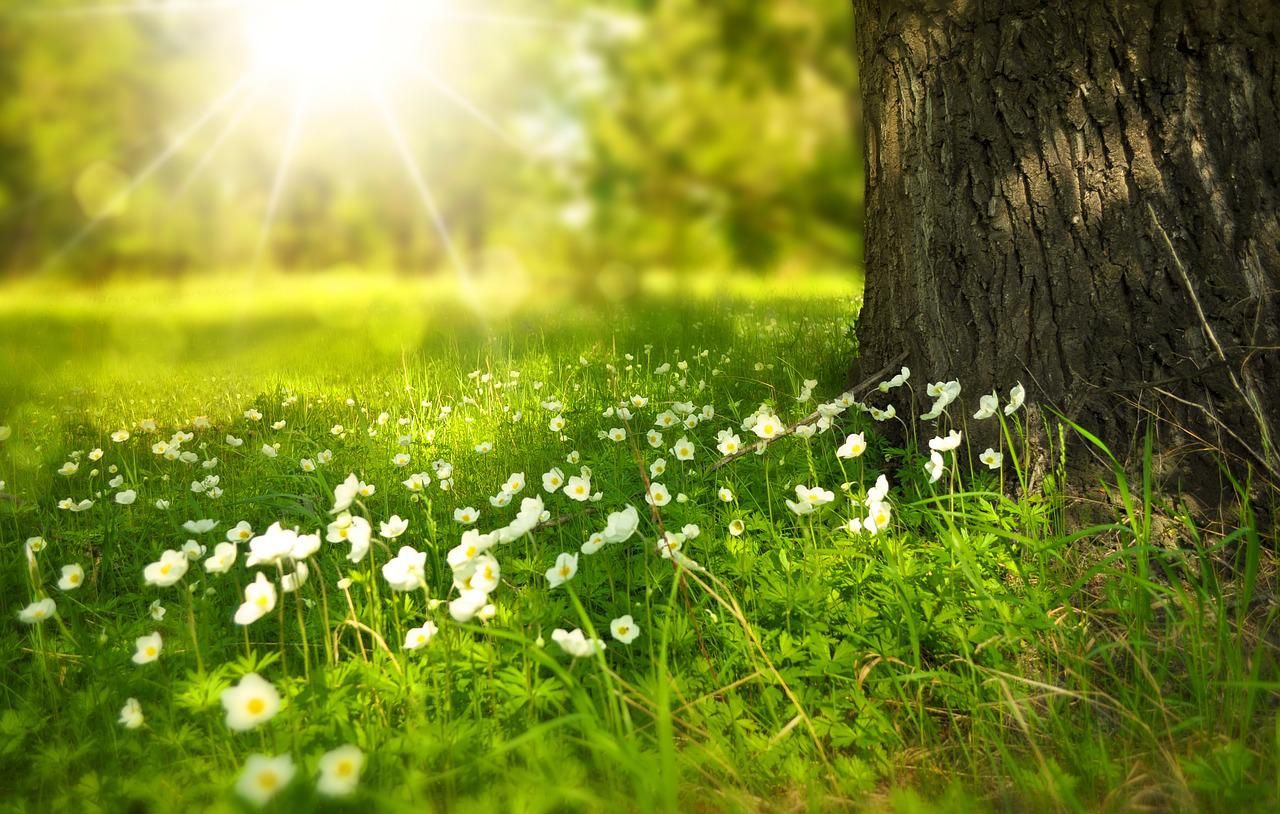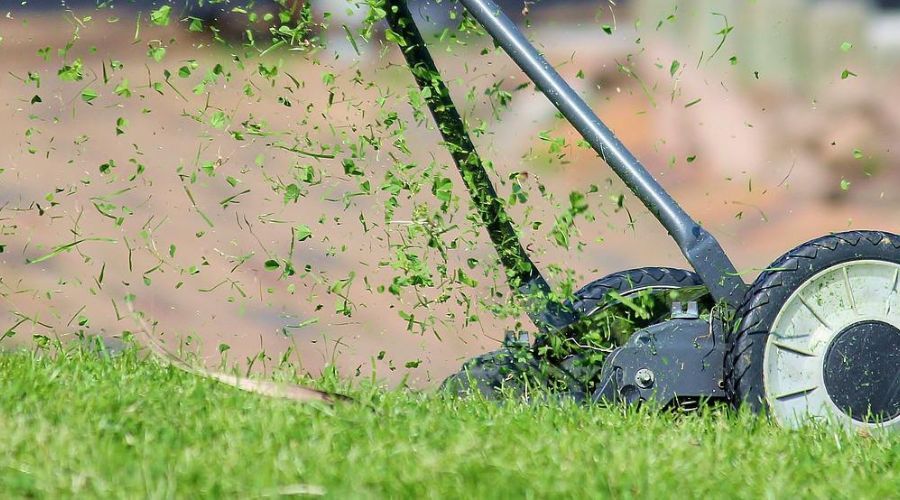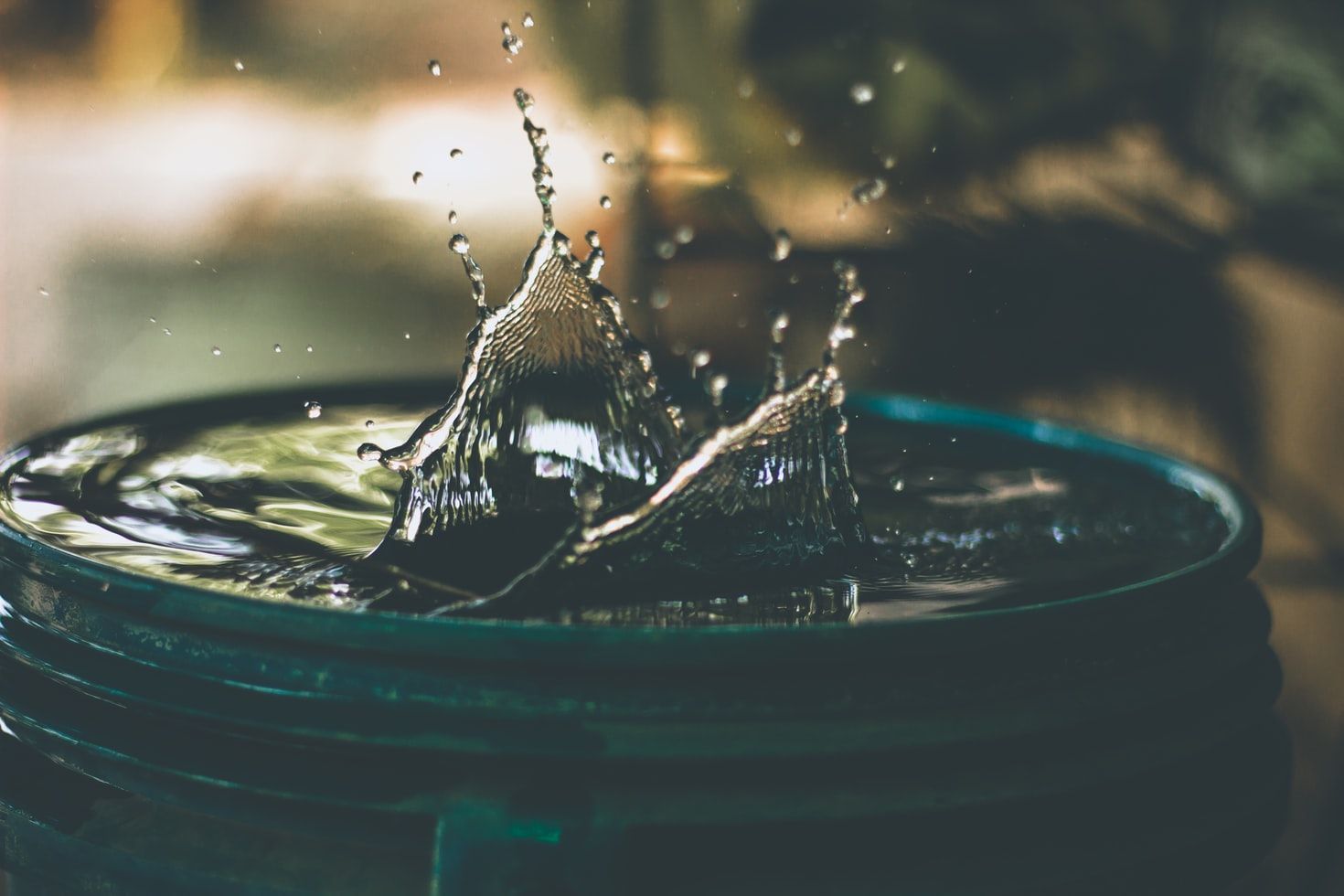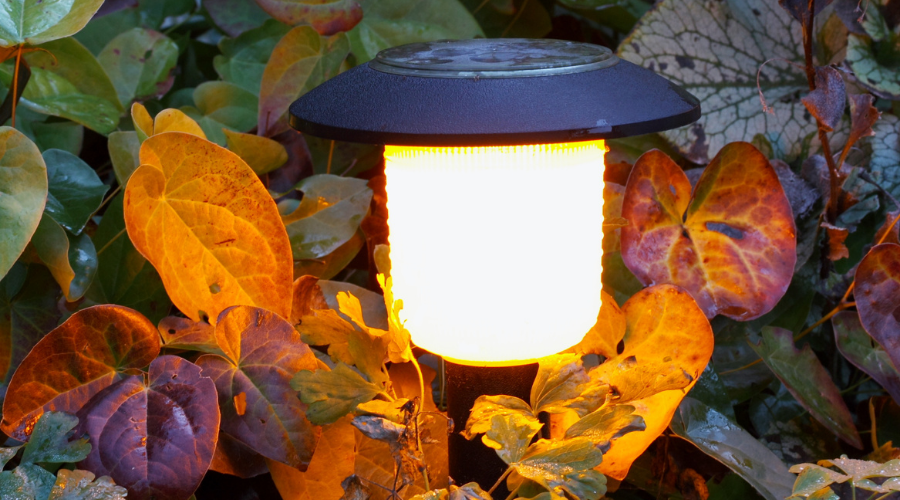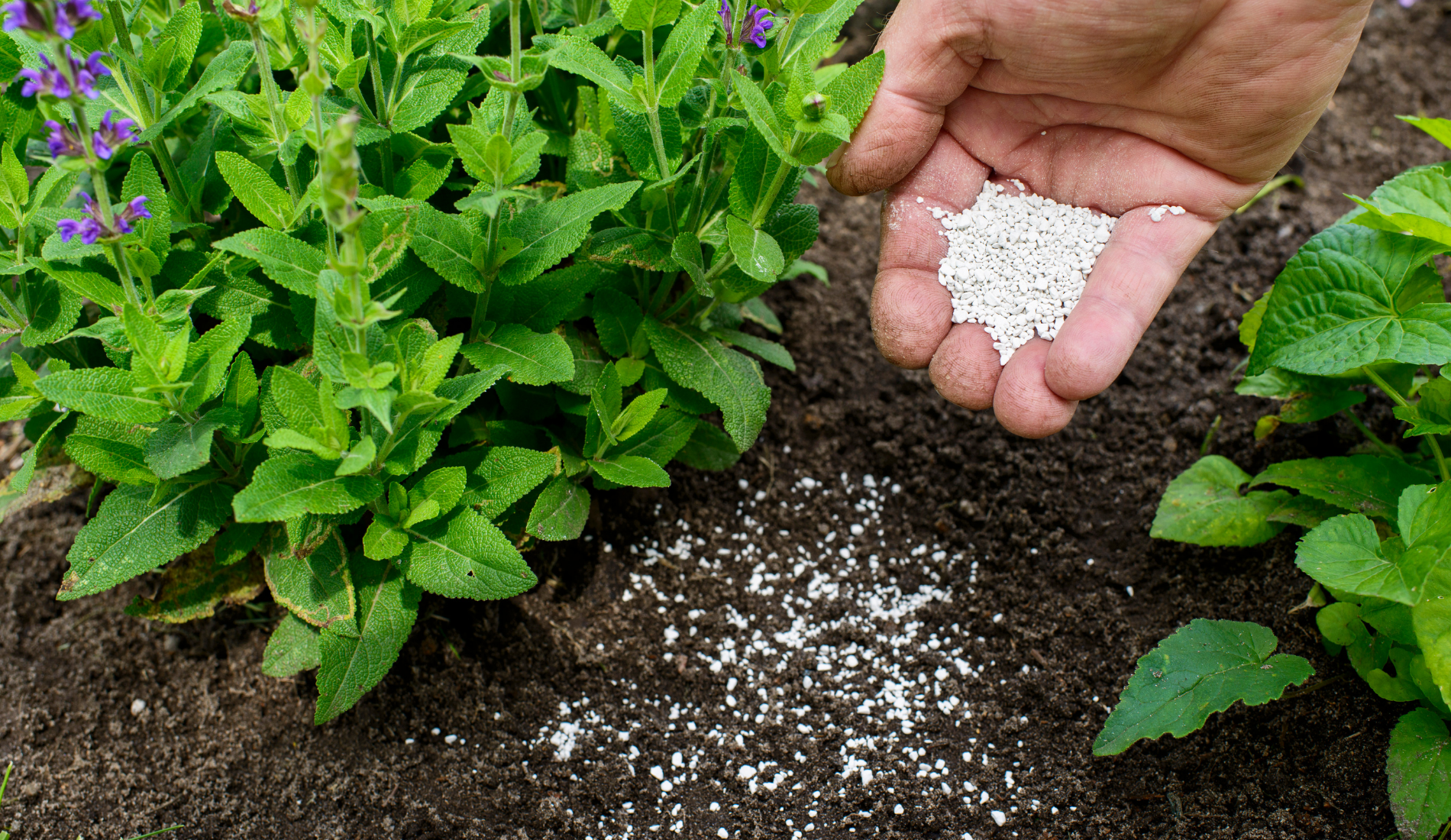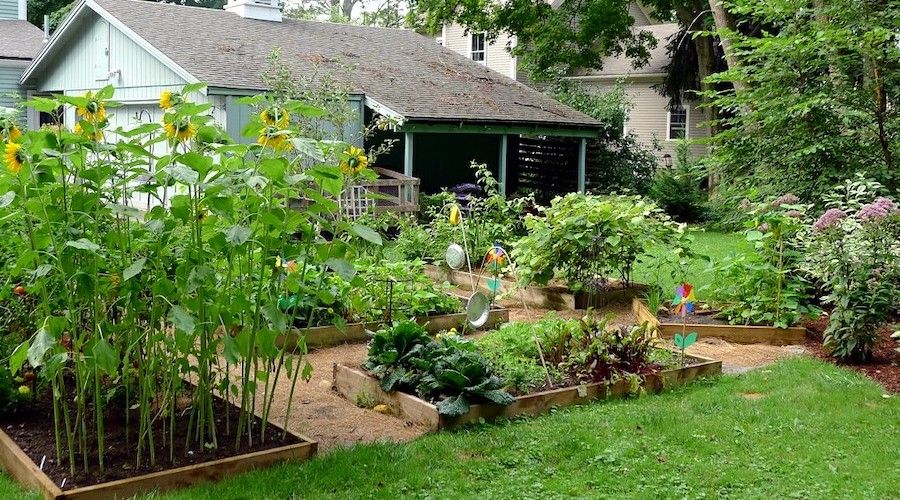In the past few decades, the importance of protecting the environment has become incredibly apparent. And while there are plenty of ways to reduce your carbon footprint, you may be curious about what changes you can make to create a climate-friendly yard. Fortunately, the process is a lot easier than you might think!
In this guide, you'll find all the best tips and tricks for turning your yard into a more eco-conscious space. While all the options in this list are eco-friendly, they are also low-maintenance, making them functional ideas for your yard in more ways than one. And if you're looking for the cherry on top, many options are as visually appealing as they are functional!
Tips for Creating a Climate-Friendly Yard
1. Replace traditional lawns with lawn alternatives
Image credits: Larisa-K via Pixabay
There's no denying it: traditional turf lawns are beautiful. They require a lot of work and mowing, not to mention water and pesticides, neither of which are great for the environment. Fortunately, drought-tolerant lawn alternatives are abundant, meaning they require less water, such as moss and creeping thyme. Also, they are often low-maintenance, so you won't have to worry about mowing or using pesticides and treatments.
2. Compost
Image credits: Janine Lamontagne via Canva
Composting is the ideal way to repurpose food waste from egg shells to coffee grounds, as well as grass clippings and other organic materials. It's also beneficial to your garden since it provides nutrients to your soil, ensuring your plants are healthy and thriving.
Plus, composting promotes beneficial bugs. Essentially, it acts as a natural fertilizer, meaning you can reduce the amount of waste you produce and opt for a natural, free way to care for your garden.
3. Cut grass higher
Image credits: Ulrike Mai via Pixabay
Lawn maintenance can be tricky, but one fail-safe trick is to cut the crass a little higher. It will mean you have to mow more often, but the blades will also retain more water. While it may require some more care, you'll have to water less frequently and therefore conserve more water.
4. Mulch
Image credits: ronstik via Canva
Mulch is one of the easiest ways to help your garden retain moisture, once again cutting down on water usage and waste. It also regulates soil temperature and stops weeds from growing, meaning you don't have to worry about maintenance. Organic mulch will also break down over time and add nutrients to the soil. Plus, it's an aesthetically pleasing option, making it a well-rounded addition to any yard space.
5. Choose native plants
Image credits: ChiCasting via Canva
As you may have guessed, native plants require very little maintenance, meaning they'll cut back on water and fertilizer costs, as well as time spent caring for your yard. They'll already be acclimated to the weather in your area and should be home to many beneficial birds, creatures, and bugs. Plus, it's no secret that wildflowers and plants are beautiful!
6. Harvest rainwater
Image credits: Amritanshu Sikdar via Unsplash
If you use plenty of water when caring for your lawn and outdoor plants, it's time to consider harvesting rainwater. It's an easy way to save on water waste! Set out a rain barrel or other mode of collection and wait for a storm! This way, you'll minimize your water usage and water your plants for free.
7. Use solar-powered lighting
Image credits: savoilic via Canva
Solar-powered lighting and outdoor features are an excellent solution for minimizing energy use. They're easy to source and install, not to mention functional and visually appealing. On top of that, there are numerous styles and designs to choose from, so you'll always find something that fits in with your yard's aesthetic.
8. Use natural fertilizers
Image credits: schulzie via Canva
Many fertilizers are full of chemicals that appear beneficial but ultimately harm the environment. Fortunately, natural and organic fertilizers are abundant on the market, but they're also easy to DIY and are often completely free. They are beneficial for your soil and plants and provide plenty of nutrients as they eventually break down.
9. Grow fruits and vegetables
Image Credit: Lori L. Stalteri via Creative Commons
Growing your fruits and veggies is a rewarding and environmentally conscious experience. You'll save money, enjoy the fruits of your labor, limit your consumption of store-bought ingredients and produce less waste. You can also opt for a container garden or fill an entire plot of land–it's a versatile option for everyone's needs.
10. Use natural herbicides and pesticides
Image credits: fbxx via Canva
Similar to fertilizers, many pesticides can have more negative effects than positive ones. Fortunately, there are several ways to handle pests, from organic options to homemade alternatives. With these options, you'll be able to maintain your lawn and garden without the negative effects of many commercial pesticides.
Create a Climate-Friendly Yard!
Creating a climate-friendly yard is a hassle-free and convenient way to reduce your footprint! Many options include items numerous people have at home and are easy to DIY. Otherwise, they're affordable or completely free! And the best part is that they also minimize the amount of maintenance your yard will require; they'll be great additions to your yard in more ways than one.
So, which of these ideas will you try out to create a climate-friendly yard? Let us know below! And if you're interested in some more landscaping ideas for your yard, check out this guide for all the best inspiration!


